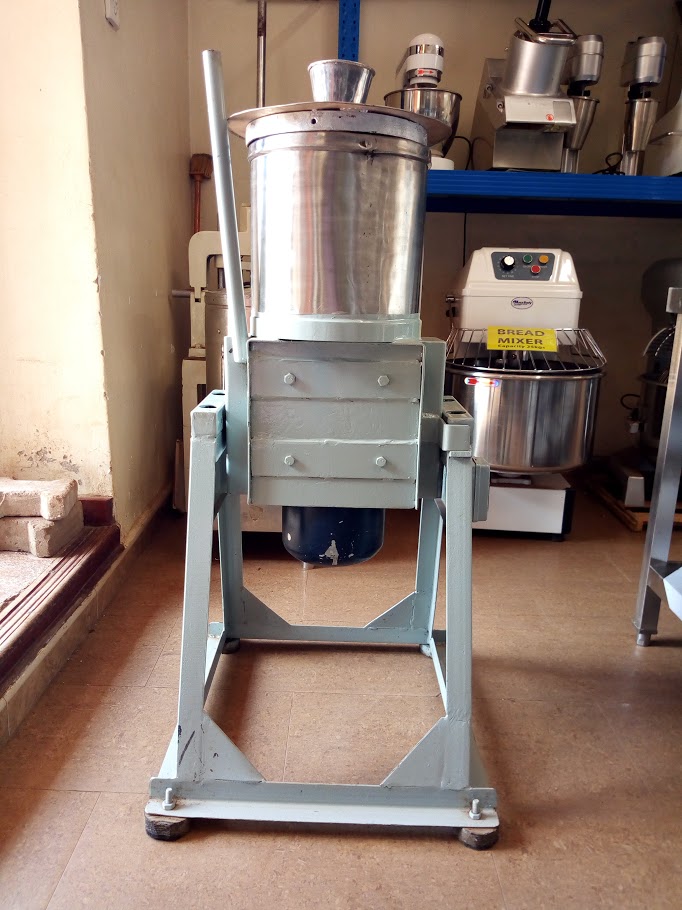By George Aine
Simsim and groundnut farming has been a source of livelihood for many farmers in north and eastern Uganda.
However, they have not been able to add more value to the two crops by processing them. They have always sold them in cereal form and left the processors in Kampala and other towns to earn more profits after processing them.
In fact, for a farmer to process the cereals on their own has been expensive. However, all this has changed since the introduction of the stainless-steel groundnut paste machine.
Compared to the traditional manual mortal, the stainless-steel groundnut machine uses a lot of speed in crushing. The quality of its output is finer than that of the manual pounding mortar, while not compromising or affecting the consumer. It is also not labour intensive, meaning that it can be operated by one farmer or person.
“The groundnut paste machine is more than a machine. In a day, it can do work that no human can,” says Micheal Ocaya, a groundnut farmer in Lira District.
Having ventured into groundnut farming three years ago, Ocaya says his primary target was mainly to grow and sell groundnuts in their cereal form.
Later when he was tipped off by a friend that he could make more money if he processed groundnuts, he bought into the idea and decided to buy a groundnut paste processing machine from Kampala at Shs2m.
“I started processing groundnuts myself and selling it in form of paste. My profits increased from Shs150,000 to Shs250,000 a week because it came with value addition and a complete final product for the customer,” Ocaya recalls.
Gilbert Owori, a businessman in Tororo District in eastern Uganda uses the machine to process groundnuts mixed with simsim for different customers.
In some cases, he receives customers who prefer groundnuts processed into powder form, all using one machine.
“All I do is just change the blades to serve each of the purposes because the one for processing groundnuts mixed with simsim cannot process groundnuts into powder form and the one for processing groundnuts into powder form cannot be used to process groundnut paste,” Owori says.
“I run the machine alone and all I do is just keep wiping to clean out groundnuts that may get stack on the walls of the pan in which the processing is done,” Owori adds.
Yahaya Ssegganga, the sales manager at Musa Body Machinery in Katwe which makes stainless steel groundnut paste machines says the machine uses a single power phase and that it comes in three different types. They include a three-kilogramme horsepower engine, five kilogramme and seven kilogramme horsepower engines.
He says the three-horsepower machine comes with a stainless-steel pan, one switch, a three-metre wire cable, an industrial socket and a mingling stick.
The five horsepower and the seven horsepower stainless steel machines equally come with similar specifications and equipment as the three-horsepower stainless steel machine.
Mohammed Tusubira of Katwe Metal Works confirms the output of the machine.
“We encourage farmers to buy this machine improve their income,” says Tusubira.
All it takes to maintain the groundnut paste machine is cleaning it using a wet cloth and sharpening the blades.
“When you buy the machine, we give you someone to install it and check if the power connection is right. In case the power is an overload, they return it for rewinding,” Ssegganga observes.
The cost of the machine ranges between Shs1.7m and Shs3m depending on the size.
It is locally fabricated by different dealers.
Functionalities
“Every time you load the machine with groundnuts to crash in the pan, it takes approximately three minutes to crash them from crystal form to powdered and paste forms. If you have stock of bags of groundnuts to crash, it means you will have one minute to remove the already crashed groundnuts from the machine. This means that you can crash up to 45kilogrammes in an hour,” Ssegganga explains.
If you are using the five-kilogramme machine, it means a farmer can crash or process up to 75 kilogrammes of groundnuts in an hour and 105 kilogrammes in an hour using the seven horse power machine.
All these machines, Ssegganga notes, run on a mortar of 2,800 revolutions per minute (RPM).

